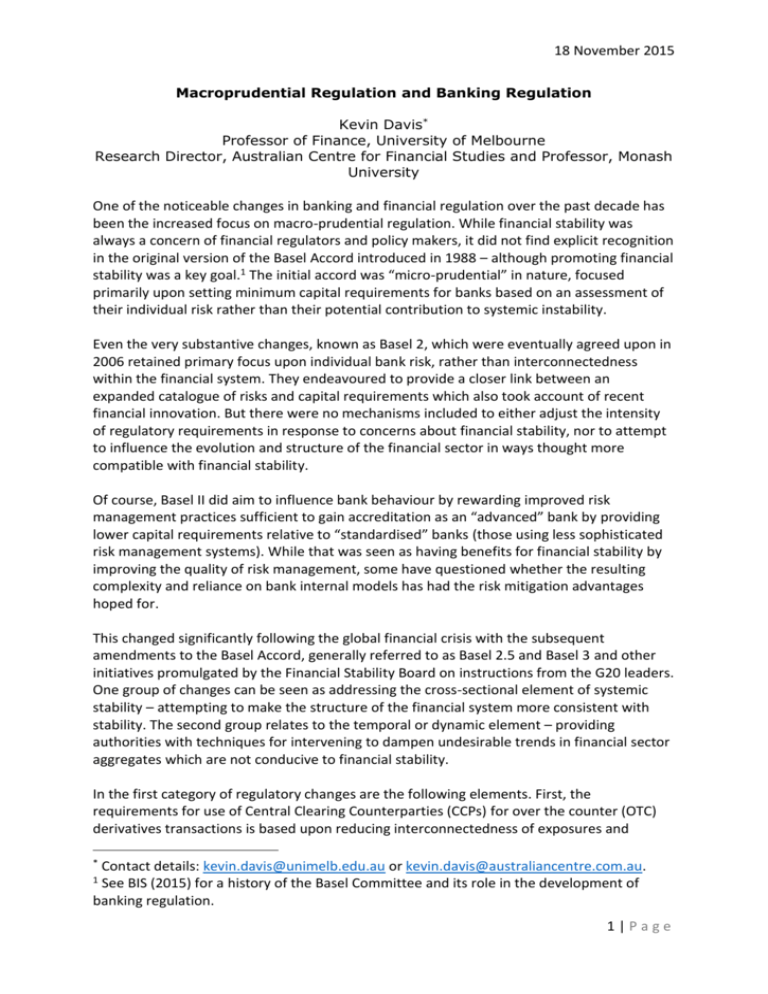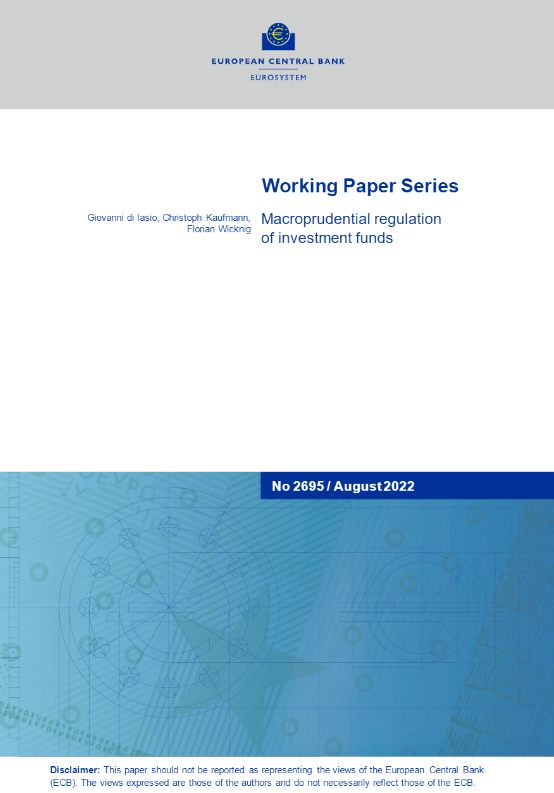Macroprudential Regulation
Macroprudential regulation has emerged as a crucial tool in the world of finance, aiming to effectively dampen global financial risks. By implementing appropriate measures, financial authorities can help stabilize economies, safeguard institutions, and protect consumers from the adverse effects of potential financial crises.
Understanding Macroprudential Regulation

Macroprudential regulation is a framework that aims to monitor and mitigate systemic risks within the financial system. Instead of focusing solely on individual financial institutions, macroprudential regulation takes a broader perspective by considering the interconnectedness and vulnerabilities of the entire system.
Financial authorities utilize various tools and policies to achieve the objectives of macroprudential regulation. These may include capital controls, loan-to-value ratios, countercyclical buffers, stress tests, and other preventive measures. By adjusting these tools based on the prevailing economic conditions, regulators can effectively manage risks and maintain financial stability.
The Bank Balance Sheet Channel

One important aspect of macroprudential regulation is its impact on the bank balance sheet channel. This channel refers to the transmission of monetary policy and financial stability measures through the balance sheets of banks and other financial institutions.
When macroprudential regulations are implemented, they can influence the composition of banks' assets and liabilities. For example, capital controls can restrict capital flows or impose limits on foreign currency lending. These measures aim to reduce the vulnerability of banks to external shocks and prevent excessive risk-taking.
Furthermore, macroprudential regulations can also influence the behavior of banks in terms of lending standards and risk management. By introducing countercyclical buffers or loan-to-value ratios, regulators can encourage banks to adopt more prudent practices during periods of excessive credit growth or speculative behavior.
Benefits of Macroprudential Regulation
1. Financial Stability: Macroprudential regulation plays a crucial role in maintaining stability within the financial system. By monitoring and managing systemic risks, authorities can prevent the buildup of vulnerabilities that could potentially lead to financial crises.
2. Enhancing Resilience: By imposing appropriate regulations, financial institutions are encouraged to build buffers and strengthen their resilience. This ensures that banks and other entities are better equipped to withstand adverse shocks, such as economic downturns or sudden changes in market conditions.
3. Safeguarding Consumers: Macroprudential regulation aims to protect consumers from the adverse effects of financial instability. By regulating lending practices, authorities can prevent excessive debt burdens, predatory lending, and other harmful activities that may negatively impact households and businesses.
FAQs about Macroprudential Regulation
Q: How does macroprudential regulation differ from traditional regulation?
A: While traditional regulation focuses on individual financial institutions and their specific risks, macroprudential regulation takes a system-wide approach by considering the interconnectedness and vulnerabilities of the entire financial system.
Q: How do capital controls contribute to macroprudential regulation?
A: Capital controls are one of the tools used in macroprudential regulation to manage capital flows and reduce the vulnerability of financial institutions to external shocks. They aim to prevent excessive risk-taking and speculative behavior.
Q: How do countercyclical buffers work?
A: Countercyclical buffers are additional capital requirements imposed on banks during periods of excessive credit growth. By increasing capital requirements, regulators aim to prevent the buildup of systemic risk during boom periods and enhance banks' resilience.
In conclusion, macroprudential regulation plays a crucial role in maintaining financial stability and protecting consumers from the adverse effects of potential financial crises. By implementing various tools and policies, financial authorities can safeguard the system, enhance resilience, and mitigate systemic risks. It is essential for regulators to stay vigilant and adapt macroprudential measures based on the prevailing economic conditions to ensure the stability of the global financial landscape.
Macroprudential Regulation – News, Research And Analysis – The
 Image Source : theconversation.com
Image Source : theconversation.com Macroprudential Regulation | ECC2360 - Environmental Economics - Monash
 Image Source : www.thinkswap.com
Image Source : www.thinkswap.com Macroprudential Regulation Can Effectively Dampen Global Financial
 Image Source : cepr.org
Image Source : cepr.org Macroprudential Regulation - AER
 Image Source : studylib.net
Image Source : studylib.net Monetary Policy And Macroprudential Regulation With Financial Frictions
 Image Source : www.penguin.com.au
Image Source : www.penguin.com.au frictions monetary regulation macroprudential agenor
Comparison Of Microprudential And Macroprudential Regulation | Download
 Image Source : www.researchgate.net
Image Source : www.researchgate.net (PDF) Capital Controls, Macroprudential Regulation, And The Bank
 Image Source : www.researchgate.net
Image Source : www.researchgate.net macroprudential
Macroprudential Regulation Of Investment Funds | CDE Almería - Centro
 Image Source : www.cde.ual.es
Image Source : www.cde.ual.es (pdf) capital controls, macroprudential regulation, and the bank. Macroprudential regulation. Comparison of microprudential and macroprudential regulation. Macroprudential regulation can effectively dampen global financial. Macroprudential regulation – news, research and analysis – the